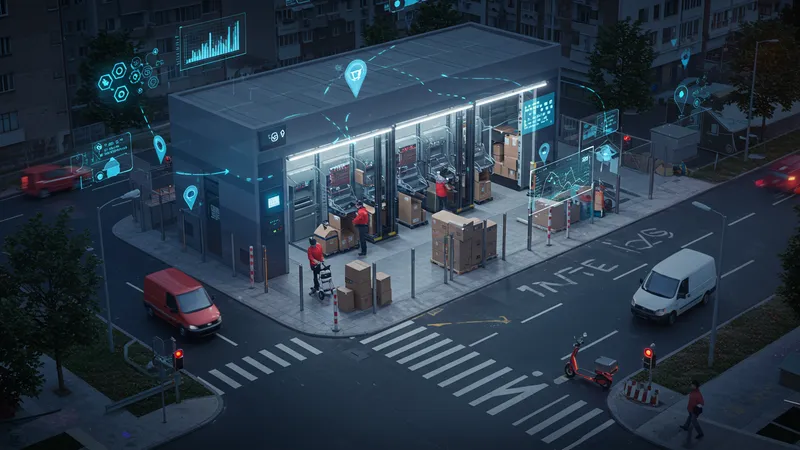
What’s Driving Quick Commerce? Explore The Shift Today
Technology and Fulfillment Strategies in Quick Commerce
At the core of Q-commerce success is an intricate web of fulfillment infrastructure. Micro-fulfillment centers are typically compact warehouses, highly automated or staffed with rapid pickers, positioned near customer hotspots. By operating within city limits, these hubs allow for short, efficient delivery routes, minimizing travel time and keeping per-order costs in check—key for sustaining profitability in a fast-moving sector.

Impressive progress has been made in the integration of predictive analytics. Services like Gorillas forecast demand using real-time purchase data, seasonal patterns, and neighborhood events, enabling tight inventory control and dynamic allocation. This minimizes out-of-stock incidents and supports a wider product range, ensuring shoppers find what they need exactly when they need it.
App development is an equally important piece of the puzzle. User interfaces have been streamlined for instant ordering, one-touch payment, and live courier updates. Many platforms also use gamification—rewards, badges, or timed deals—to encourage frequent use and foster loyalty. These digital innovations make the overall experience feel effortless and engaging, reinforcing the value of the quick commerce promise.
Finally, courier management systems are essential for real-time operations. Intelligent dispatch platforms assign deliveries to couriers based on proximity, workload, and mode of transport, often integrating e-bikes or scooters for sustainability and agility. Fast onboarding and robust safety protocols further enable platforms to scale while maintaining high service levels—a non-negotiable in a market where a few minutes’ delay can be decisive to customer satisfaction.